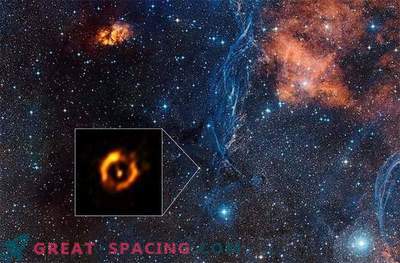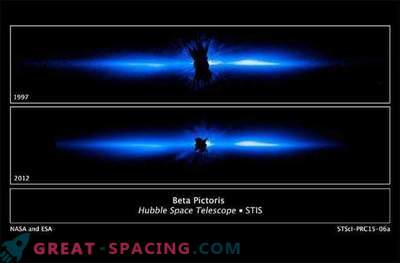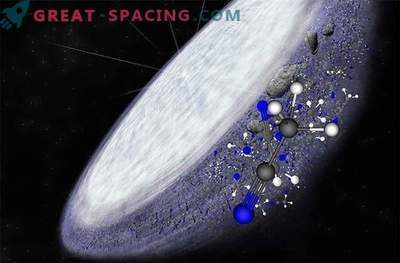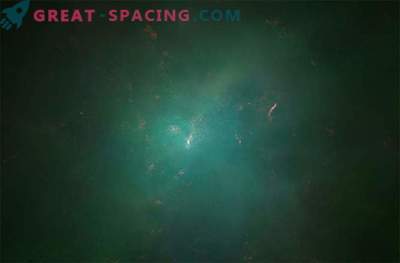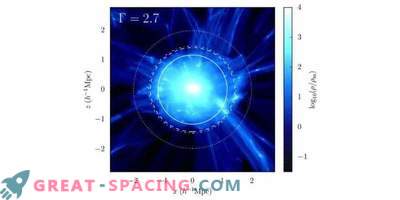
Discs consisting of dust and revolving around a star are the nutritional basis for the formation of planets. When conventional visual or infrared observation notices a hole in the disk, it is often interpreted as direct evidence of the existence of a planet not currently available for direct observation. However, new research shows that such a breach may simply be a cosmic illusion that has no material basis.
As soon as optical technology improved to the point where it was possible to directly study the environment of the stars closest to Earth, astronomers began to study dusty protoplanetary disks. Very often, these discs had gaps - like the “Cassini slits” in the rings of Saturn (a black gap 4,800 km long between ring A and ring B). For astronomers, this was often probable evidence of the presence of invisible proto-exoplanets attracting debris.
And although this may be true for some zones in protoplanetary disks, new studies published in Astrophysical Journal Letters show that many of these zones may not be empty, but filled with large particles, while lacking smaller dust particles. that effectively diffuse starlight at certain frequencies. Through the lack of such fine star dust, these zones appear empty, and large fragments are perceived as invisible at certain wavelengths used for observation. “If we do not see the scattered light from the disk, it does not necessarily mean that there is nothing there,” said Til Burnsteel, lead author of research at the Radio Astronomy Institute Max Plank in Germany, in his news release.
While studying a protoplanetary disk in the visible visual spectrum or using infrared equipment, the observatory sees light that is reflected or scattered by tiny dust particles that correspond to the size of cigarette smoke particles.
However, as existing models of the creation of planets explain, the material inside the protoplanetary disk gathers together after a certain time, gradually forming larger and larger particles, ultimately creating asteroids and protoplanets. But before a large exoplanetary form is formed from dusty material, there is an intermediate stage when the emerging zones are in fact filled with large fragments that reflect light in various ways, making their detection impossible at certain wavelengths. Under certain conditions, these particles may not form exoplanets, instead limiting themselves to endless collisions with each other.
The researchers will conduct further observation of the zones of protoplanetary disks using longer waves, in the hope of confirming the validity of the allegations that the zones that appear empty are indeed filled with large fragments and remnants of hard rock. In order to test this idea, the researchers are going to use the Atakam Large Millimeter / Submillimeter Grid (ALMA), which is located in the Atacama Desert in Chile, to observe the Hydra star. The Hydra Star (TW Hydrae) is a famous young star with a surrounding protoplanetary disk located 176 light-years from Earth, in which these phenomena were also noticed. Researchers have to find out whether a new exoplanet is being formed there, visually hidden from observation, or is it just a cosmic illusion that will only confirm the skepticism of critics.
